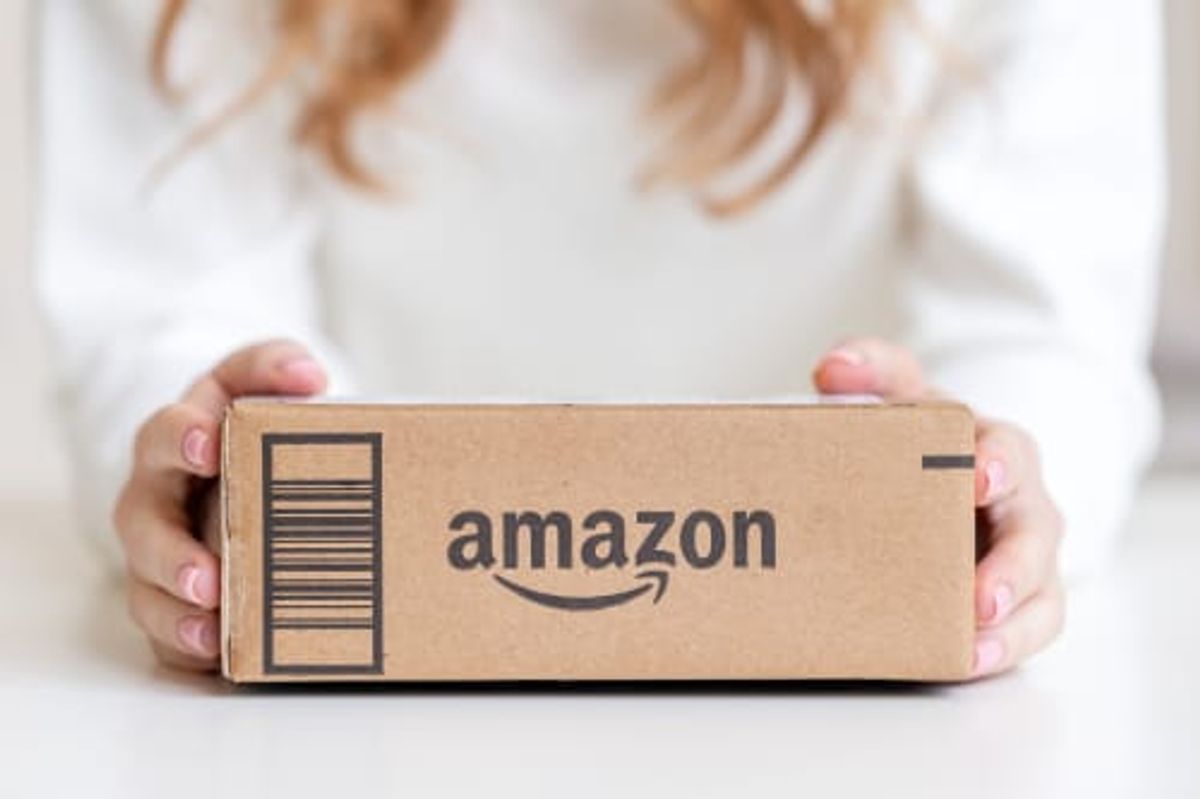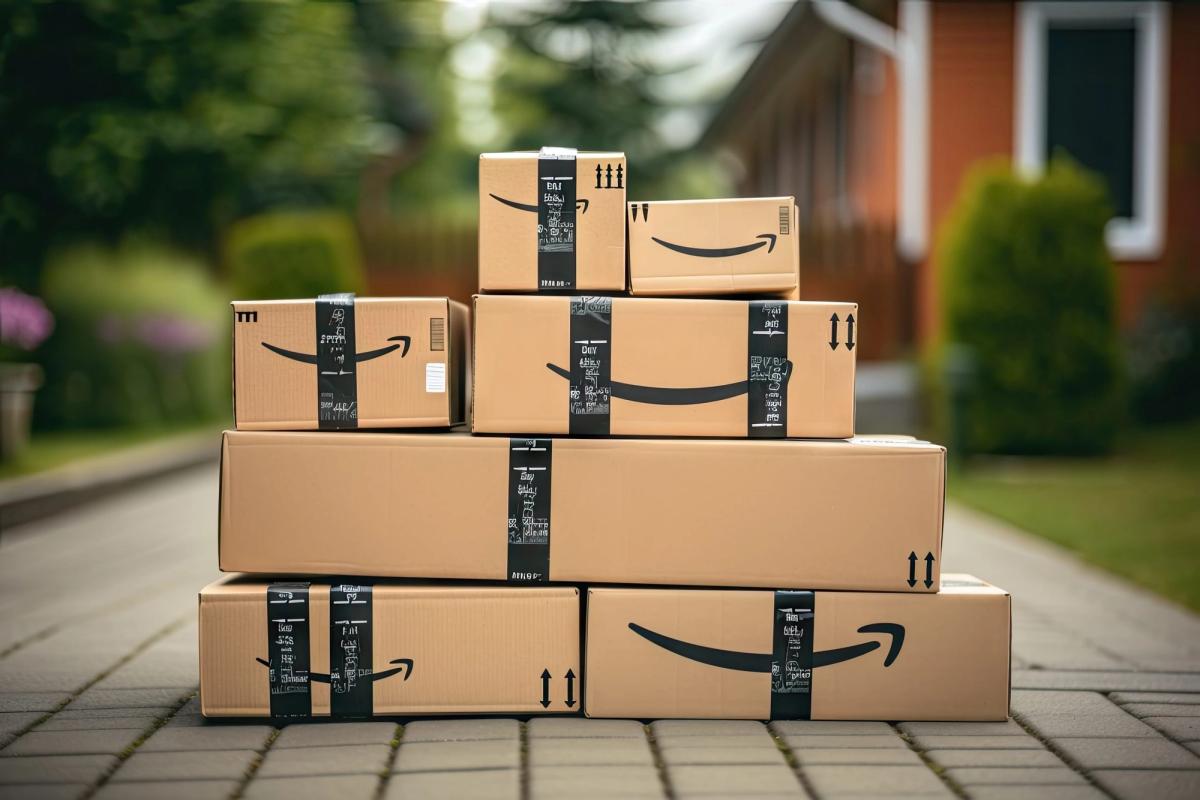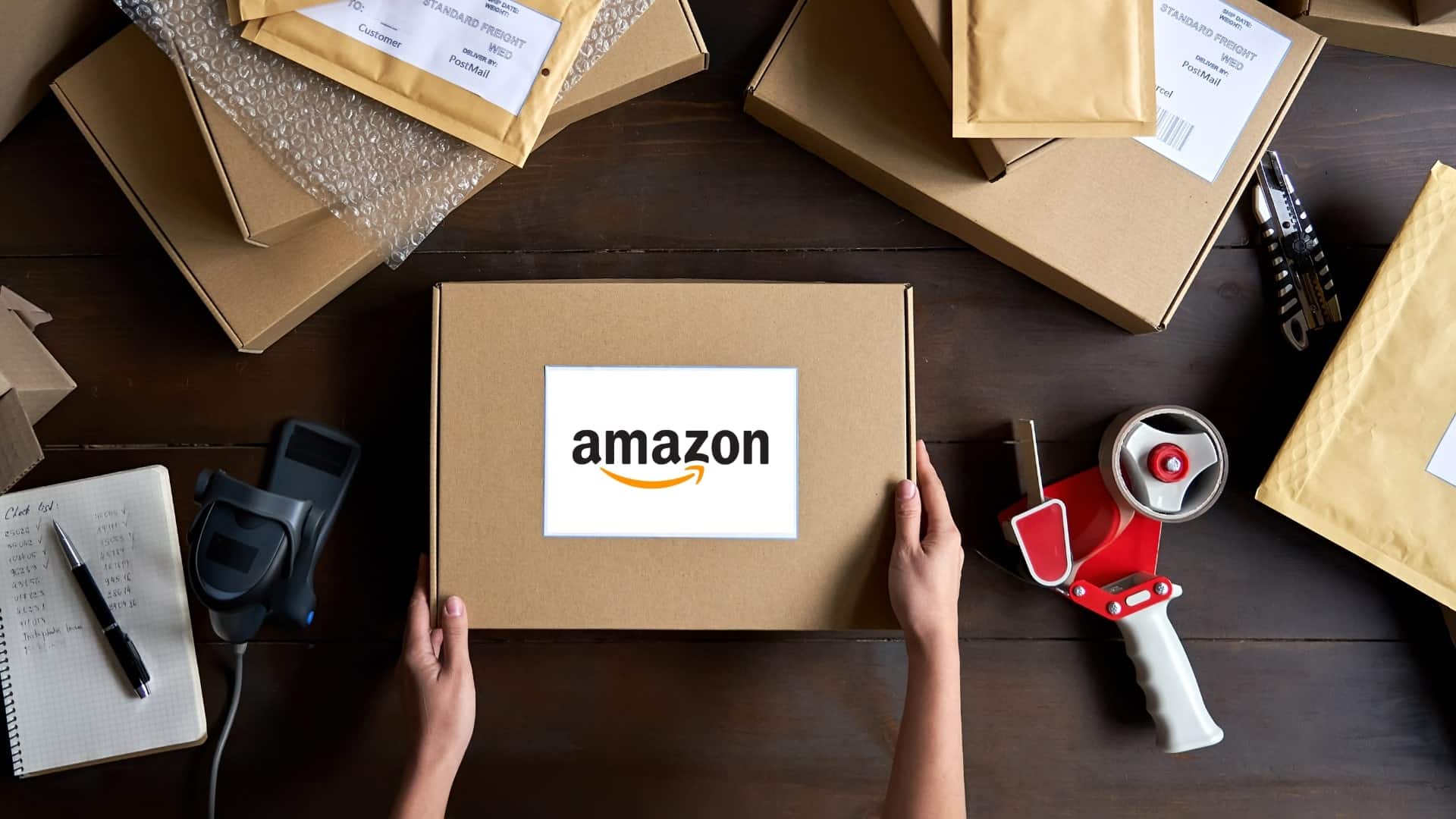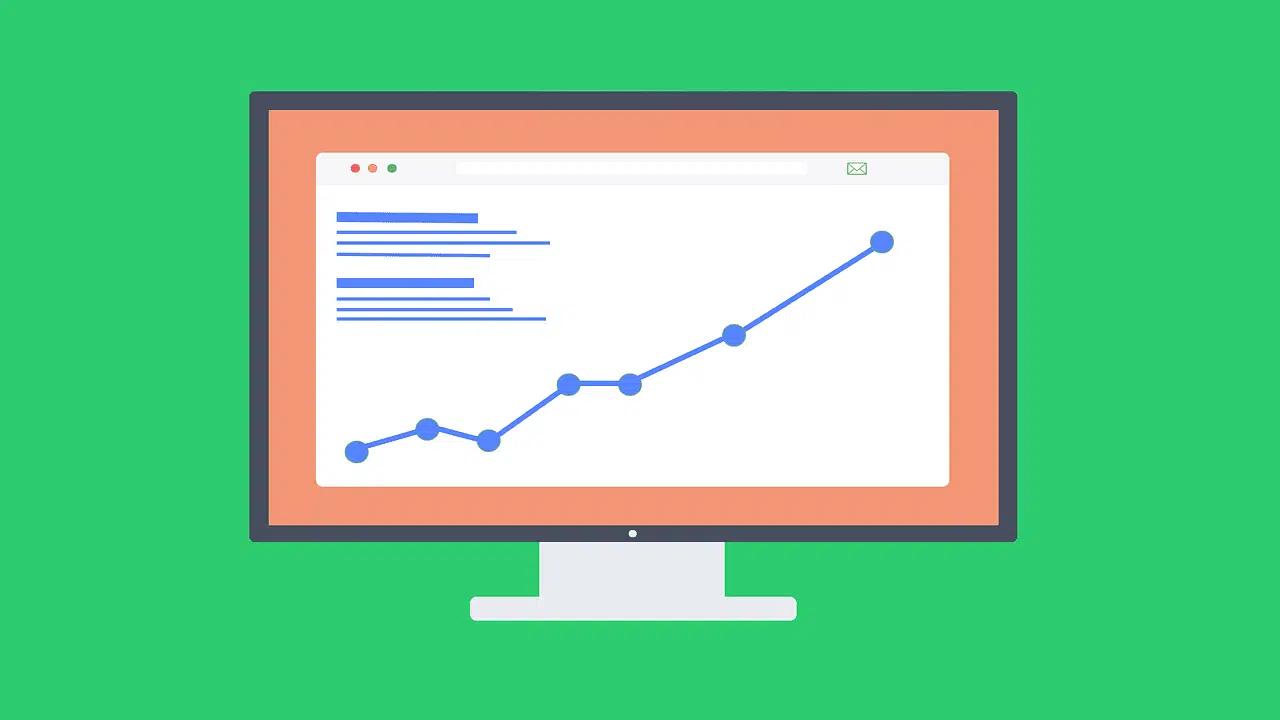Have you ever thought about starting an Amazon dropshipping business? It sounds great on paper, right? You find a product that’s selling well, set up a store on Amazon, and wait for the orders to come rolling in. But what if they don’t? What if the product you chose goes out of stock, and you have to cancel orders and make angry customers? Or worse yet, what if you don’t make any money at all? These are real concerns for anyone getting started with dropshipping on Amazon, and they’re enough to keep anyone up at night. This blog will help you address your worries by answering the question: Is Amazon dropshipping profitable? PagePilot's AI page builder can help ease your concerns even further. This tool enables you to create beautiful, high-converting pages for your dropshipping business, allowing you to start generating revenue quickly.
How Amazon Dropshipping Works

Amazon dropshipping is a business model where you sell products without having them in stock. Instead, you purchase the product from a third party, such as a manufacturer or wholesaler. They ship the product directly to the customer. This way, you don't have to handle the product yourself.
How Does It Work?
The Amazon dropshipping process involves three main parties: you, the manufacturer, and the customer. Here's a simple breakdown of how dropshipping on Amazon works:
- List products: You list products on your Amazon dropshipping account. A third party owns the products, but they appear as your inventory.
- Receive orders: A customer places an order for a product. You get a notification.
- Order from supplier: You order the identical product from your supplier. You pay the wholesale price.
- Supplier ships product: The supplier sends the product directly to the customer. Your role ends after you place the order with the supplier.
- Customer receives the product: The customer gets the product. They think it came directly from you, not knowing about the supplier.
The Amazon dropshipping model is low-risk. You don't have to buy inventory upfront. You also don't need a lot of space to store products. That makes starting a dropshipping business on Amazon easier. You can launch an ecommerce store without having physical stock. This approach makes dropshipping Amazon products a popular choice for many sellers.
Amazon’s Dropshipping Policy Updates
If you choose to work with Amazon for your “dropshipping” business, you do have to keep some rules in mind: You must be the sole official seller of the products (you must be identified as the seller on all invoices, packing slips, external packaging, and other relevant documents; you cannot mention your supplier or manufacturer).
You cannot purchase products from third-party suppliers and ship them directly from them. Moreover, any details identifying a third-party seller should be eliminated before sending customer orders to prevent confusion.
You are required to handle and process customer returns.
Adhere to all aspects of your seller agreement and Amazon’s dropshipping policy and Terms of Service.
Is Amazon Dropshipping Profitable?

Amazon dropshipping can be lucrative, attracting entrepreneurs worldwide with its promising revenue model. As with any business, your financial success depends on several key factors, including the products you choose to sell, their selling prices, your marketing strategy, and the effectiveness of your cost management.
How Do You Make Money With an Amazon Dropshipping Business?
Making a profit in an Amazon dropshipping business comes from the difference between the product's wholesale cost and the retail price you set. To illustrate, consider this simplified example:
- Set retail price: You list a Bluetooth speaker on your Amazon dropshipping account. The speaker's wholesale cost from the supplier is $30, but you set the retail price at $50.
- Customer buys the product: The customer orders the speaker at your retail price of $50. This amount goes into your account.
- Order from supplier: You order the same speaker from your supplier at the lower wholesale price of $30.
- Keep the difference: The supplier ships the product directly to the customer, and you keep the difference between the retail price ($50) and the wholesale price ($30), which in this case, is $20.
This example presents a simplified view of the earnings. Realistically, you will also need to account for costs like marketing and Amazon's fees.
Factors That Influence Amazon Dropshipping Profitability
Several factors can impact your earnings from an Amazon dropshipping business. These include:
- Product selection: Items with high demand and low competition can help maximize your profits. It's essential to conduct thorough market research to identify such opportunities.
- Pricing strategy: Your profit margin depends on how you price your products. Competitive pricing, coupled with quality assurance, can help attract more customers.
- Marketing and promotion: Effective marketing and promotion strategies can increase your product visibility, leading to higher sales.
- Cost management: Efficiently managing costs, such as Amazon's selling fees, shipping costs, and returns, is crucial for maintaining profitability.
How Much Money Can You Make With Amazon Dropshipping?
You can profit 10% to 30% on each sale in a dropshipping business. This can mean earning up to $100,000 a year. This is about $1,000 to $5,000 in monthly income. You'll need to cover expenses such as the product, dropshipping fees, website costs, and marketing. Typically, selling expensive, high-quality products yields a higher profit per sale. But you might sell fewer items. So, it's a balance. You need to consider your product's price and the number of potential buyers before choosing a product and a supplier. Plan. Consider the varying demand for different products. This way, you can estimate how much you'll sell and earn.
Accelerate Your Product Testing with AI-Powered Page Creation
Our AI Page Builder will help you test products/ideas and angles way faster than before. Simply provide our AI with a competitor/supplier URL, and we will create a high-converting product page using the information found on their website.
Using our AI Product Image function, we will also enhance the visuals of the product, ensuring you're not competing with the same copywriting/ product images as your competitors. Star a FREE Trial and generate 3 product pages for free today (no credit card needed).
Related Reading
- Best Apps For Dropshipping
- Is Dropshipping Still Profitable
- How To Start Dropshipping For Free
- Where To Buy Dropshipping Products
- How To Find Dropshipping Products
Advantages and Disadvantages of Amazon Dropshipping?

The Good Stuff: Pros of Dropshipping on Amazon
When comparing dropshipping to other Amazon selling models, its advantages are clear. Firstly, low starting costs are a significant draw. Unlike wholesaling or private label, you don't buy inventory upfront. Instead, you only purchase a product from your supplier after a customer buys it from your store, using a portion of that sale's revenue. This significantly reduces financial risk, as you're not paying for inventory until it sells.
Streamlined Operations and Amazon Compliance
Another key benefit is the absence of storage fees. Since you hold no inventory, you avoid Amazon FBA storage costs or third-party fulfillment center expenses. Dropshipping is also exceptionally quick to set up due to the lack of inventory purchasing. You can launch almost immediately and even automate the entire process with apps, making it largely hands-off after a sale. It's important to note that Amazon explicitly allows dropshipping, stating it "is generally acceptable." Just ensure you always adhere to their specific guidelines for proper execution.
The Bad News: Cons of Dropshipping on Amazon
While dropshipping offers distinct advantages, it also comes with several inherent realities and disadvantages that should be taken into consideration. Profit margins are typically low. Despite minimal overhead due to the absence of inventory management and storage, the returns are proportionately modest. You invest less, but you also earn less per sale. This necessitates high sales volumes merely to cover expenses, such as marketing, site maintenance (including SEO), sales order management, and administrative costs, let alone generate significant profit. A substantial portion of the revenue is paid directly to the supplier.
The Nuances of Dropshipping Profit Margins
You can estimate potential income, although these are averages subject to industry and situation. A typical 20% margin and 2% conversion rate might lead to a profit calculation like (Traffic x 0.02) x (Avg order value x 0.2). Several issues complicate this:
- Your actual supplier discounts may be less than 20%.
- This estimate doesn't account for additional operating expenses.
- Competitive pricing often forces you to reduce your margins further. Stubbornly adhering to a 20% margin can lead to being undercut by competitors.
- Your profit is heavily dependent on traffic. Building an e-commerce brand from scratch on platforms like BigCommerce or Shopify means a prolonged struggle to establish a customer base.
Navigating Dropshipping's Operational Complexities
Despite appearing hands-off, dropshippers constantly manage wholesale suppliers, order processing, returns, and customer service. Dropshipping is more viable when you already possess a consistent source of traffic.
- Intense Competition: The low barriers to entry in dropshipping naturally lead to high competition. Furthermore, while some product differentiation is possible, nothing prevents other Amazon sellers from offering identical items. Consequently, pricing often becomes one of the primary levers for distinction, frequently resulting in a "race to the bottom" where margins are continuously squeezed.
- Slow Delivery Times: As dropshipped goods often originate directly from overseas suppliers or manufacturers, shipping times to the end-user can extend to several weeks. To mitigate this, seeking local suppliers who offer dropshipping services is advisable.
- Lack of Quality Control: Since products are shipped directly from the supplier to the buyer, you have no direct control over product quality before it reaches the customer. Given that items may travel thousands of miles to their final destination, the risk of damage during transit is also significantly higher.
5 Best Tips for Starting Dropshipping on Amazon

1. Promote Your Listing: Get Traffic to Your Product
To maximize sales, you need to drive traffic to your product listing. You can accomplish this in several ways.
- You have Amazon’s internal sponsorship program, Amazon Pay-Per-Click (PPC). With PPC, you create advertisements for your products that make your product appear higher in Amazon’s search results for keywords that you set.
- You can drive traffic to your Amazon product listing through external methods, such as Facebook ads, social media, blogging, and email marketing. While this method is a bit more challenging to get started if you don’t already have a following for your brand, it can help you differentiate your product from competitors.
2. Focus On The Customer
When you perform dropshipping on Amazon, you’re taking a lot of the complex parts of being an entrepreneur off the table. You don’t have to manufacture your product, nor do you have to ship it. All you have to do is ensure that the customer receives it and is happy. With dropshipping, you can invest your time in customer service, whereas you would normally spend it running your business. Excellent customer service helps you receive positive product reviews, which can significantly impact the success of your products on Amazon.
3. Focus On Your Brand
As I stated above, dropshipping’s chief disadvantage is that you will be selling a product over which you will have no final say in its development or design. In addition, other sellers will have access to the same supplier. This leaves you with tiny competitive advantage. Therefore, you must focus on the brand. But even if your product is identical to my competitor, that doesn’t mean it has to be the same. For example, the brand YETI sells 40 oz stainless steel tumblers for $40 each. Meanwhile, their competitor, RTIC, sells the same stainless steel tumblers for less than $20. Yet, somehow, YETI still dominates in that product category. The reason is simple: people want to buy the YETI brand and the image it purveys.
4. Get Samples
Before listing your product, ensure you know what you’re selling. Bite the bullet and order a unit in advance. If possible, do it without the supplier knowing that you’re a potential dropshipper, even better. Once the sample arrives, inspect it.
- How did it look when it arrived?
- How long did it take?
- Were the products as described?
All of these little details will help me predict how my customers will receive the product once I start dropshipping on Amazon.
5. Cast A Wide Net
Because you have no start-up costs with dropshipping, it’s a lot easier for you to cast a wide net. In other words, you can list numerous products at the same time. Some will fail. Others will succeed. Simply double down on what works and cut the rest. As long as you follow Amazon’s rules, this approach is excellent. Just make sure to stay organized and continue to focus on Tips #2 and #3.
Related Reading
- How To Use AI For Dropshipping
- How To Set Up A Dropshipping Business
- How To Find Winning Products For Dropshipping
- How Much Can You Make Dropshipping
- Dropshipping Business Ideas
- Best High Ticket Dropshipping Products
Other Ways to Sell on Amazon

Wholesaling: Buying Low to Sell High on Amazon
Wholesaling involves purchasing products in bulk directly from manufacturers or distributors at a discounted rate and selling them on Amazon for a profit. This method often requires a significant upfront investment and involves maintaining an inventory. A notable advantage of wholesaling is the ability to sell recognized, branded products, capitalizing on established demand. However, it also requires managing logistics, storage, and handling potential overstock situations.
Arbitrage: The Quick Flips of Selling on Amazon
Arbitrage, in the context of Amazon, typically involves buying products at a lower price in retail or online stores and reselling them on Amazon for a profit. This model can be attractive due to its relatively low barrier to entry, as it requires less capital than other methods. The primary challenge in arbitrage is consistently finding profitable products and navigating Amazon’s guidelines, which can be restrictive for specific categories. Retail arbitrage can offer substantial returns if sellers are adept at quickly identifying and capitalizing on opportunities.
Private Label: Building Your Own Brand on Amazon
Private labeling involves creating your own brand by sourcing generic products directly from manufacturers, customizing them, and selling them under your own brand on Amazon. This method provides higher profit margins and greater control over branding and marketing strategies. The investment and risk are higher than in methods like arbitrage, as it often requires upfront costs in product development and marketing. A successful private label can yield a highly valuable and scalable business with strong potential for customer loyalty.
Third-Party Fulfillment: Outsourcing Amazon Logistics
Third-party fulfillment refers to using external companies to store, package, and ship products sold on Amazon. This approach enables sellers to offload logistical responsibilities, allowing them to focus more on marketing and sales strategies. Fulfillment by Amazon (FBA) is a popular choice, offering competitive shipping rates and customer service benefits. While convenient, third-party fulfillment can lead to higher fees; therefore, it is crucial to balance the cost against potential sales growth and customer satisfaction.
Affiliate Marketing: Earning Income on Amazon Without Inventory
Affiliate marketing on Amazon involves promoting products and earning a commission on sales made through referral links. It doesn’t require handling inventory or shipping, making it an attractive option for individuals with strong digital marketing skills and an established online presence. This model enables passive income generation, although success largely depends on the ability to consistently drive traffic and convert it into sales. Developing an effective marketing strategy is key to thriving in an affiliate marketing role.
Start a FREE Trial and Generate 3 Product Pages with Our AI Page Builder Today
PagePilot is an innovative AI product page generator that helps dropshippers create high-quality product pages quickly. Instead of starting a page from scratch, users can input a competitor’s URL, and PagePilot’s AI extracts the most relevant information to create a top-notch product page. The tool even improves the product images and copy to help you stand out from the competition. You can sign up for a free trial today and create three product pages without entering any credit card information.






